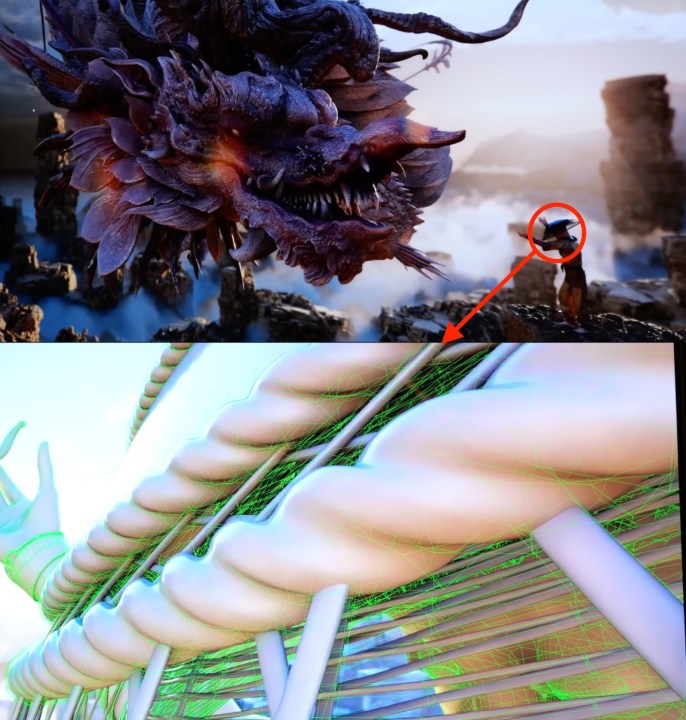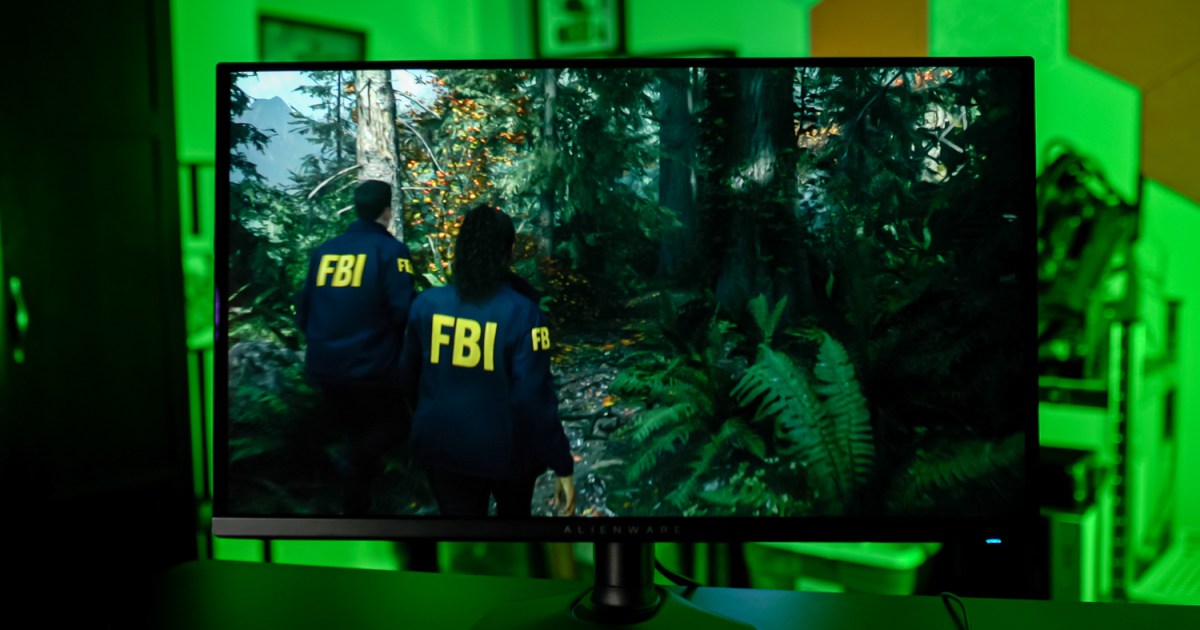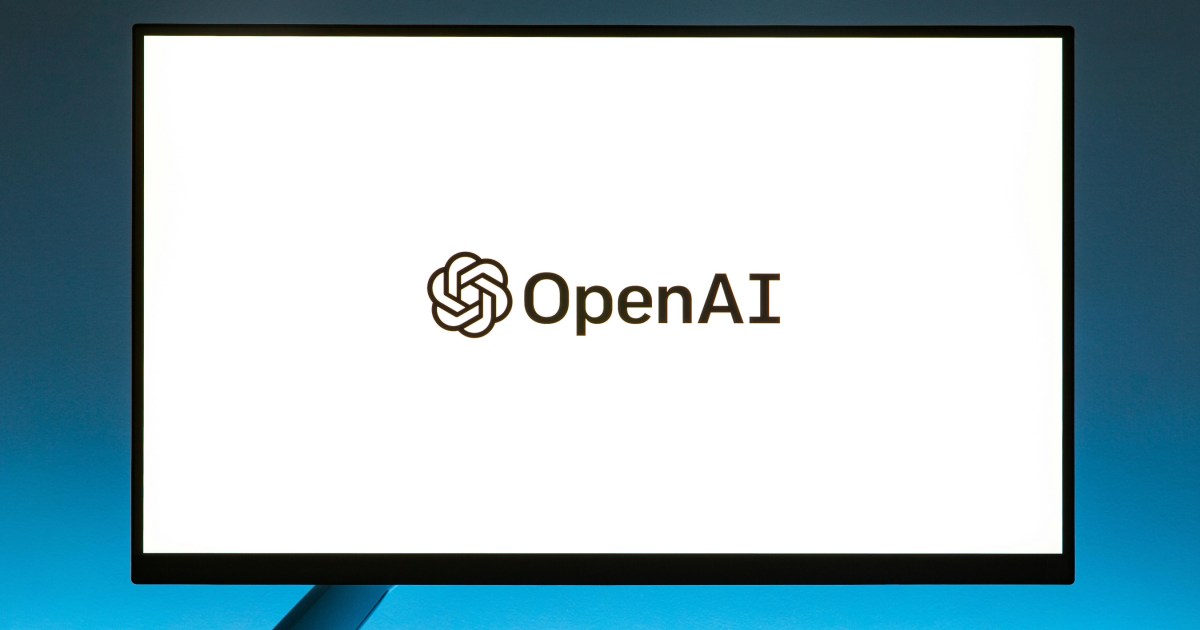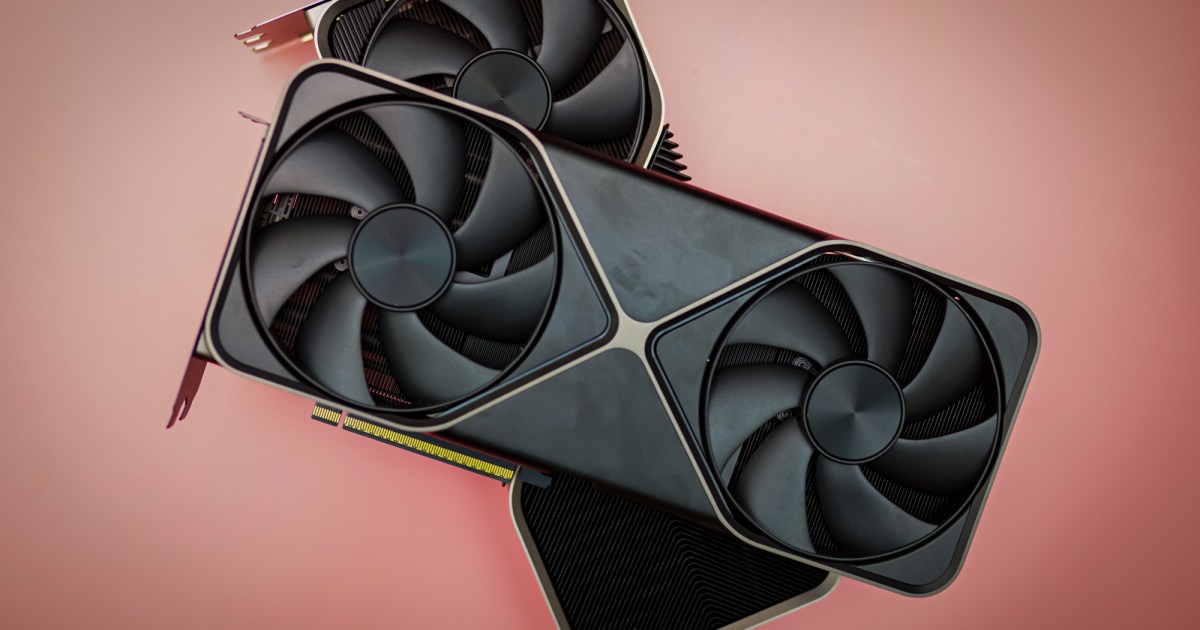Alan Wake 2’s latest 1.2.8 update integrates NVIDIA’s groundbreaking RTX Mega Geometry technology, showcasing its potential to enhance performance and visuals. A comparison video by Compusemble, highlighted by Wccftech, demonstrates a remarkable average 13% reduction in VRAM usage alongside an FPS boost, even on a powerful RTX 4090.
The video juxtaposes the game’s 1.2.7 version with the 1.2.8 update, comparing performance with both DLAA and DLSS enabled. Running on an RTX 4090 at 4K resolution with maximum settings, the update consistently exhibits lower CPU utilization and higher frame rates.
While RTX Mega Geometry debuted alongside the RTX 50-series as part of the NVIDIA RTX suite, its compatibility extends to all RTX GPUs. This Alan Wake 2 example underscores its capacity to improve performance even on earlier-generation cards. The latest RTX 5090 and 5080, featuring fourth-generation ray tracing cores optimized for Mega Geometry, are expected to yield even more substantial gains.
Understanding RTX Mega Geometry’s Impact
RTX Mega Geometry is poised to revolutionize ray-traced gaming by increasing the number of ray-traced triangles and reducing CPU overhead. This is achieved through the innovative application of artificial intelligence.
A significant cost associated with ray tracing stems from the different Levels of Detail (LODs) for each game object. LOD 0, the highest detail mesh with numerous triangles, is used for objects closest to the camera. As objects recede, the LOD increases, reducing detail and triangle count.
 RTX Mega Geometry demo from CES 2025.Shots from an Nvidia demo at CES 2025, showing the sheer number of triangles involved in this fully ray-traced scene using RTX Mega Geometry. Digital Foundry
RTX Mega Geometry demo from CES 2025.Shots from an Nvidia demo at CES 2025, showing the sheer number of triangles involved in this fully ray-traced scene using RTX Mega Geometry. Digital Foundry
Constant LOD adjustments based on camera proximity have been standard practice. However, the advent of technologies like ray tracing and Unreal Engine 5’s Nanite, which allows for immense geometric complexity, has presented new challenges. Nanite facilitates a massive increase in triangles and LODs, potentially leading to hundreds or even thousands of LOD changes per frame.
Each LOD switch in a ray-traced game necessitates a complete rebuild to apply ray tracing to the new mesh. This process is computationally intensive and can hinder real-time frame rates with excessive LOD changes.
How Mega Geometry Optimizes Performance
RTX Mega Geometry addresses this bottleneck by updating triangle clusters in batches, intelligently selecting which to update and when. This optimization allows developers using Nanite to ray trace a greater number of triangles while maintaining acceptable frame rates. The ultimate benefit is enhanced ray tracing and improved performance for NVIDIA RTX users.
 RTX Mega Geometry demo from CES 2025.Shots from an Nvidia demo at CES 2025, showing the sheer number of triangles involved in this fully ray-traced scene using RTX Mega Geometry. Digital Foundry
RTX Mega Geometry demo from CES 2025.Shots from an Nvidia demo at CES 2025, showing the sheer number of triangles involved in this fully ray-traced scene using RTX Mega Geometry. Digital Foundry
Experiencing RTX Mega Geometry in Alan Wake 2
The integration of RTX Mega Geometry in Alan Wake 2 is seamless and automatic upon updating the game. If you own an NVIDIA RTX GPU, you can readily experience the performance benefits firsthand.










